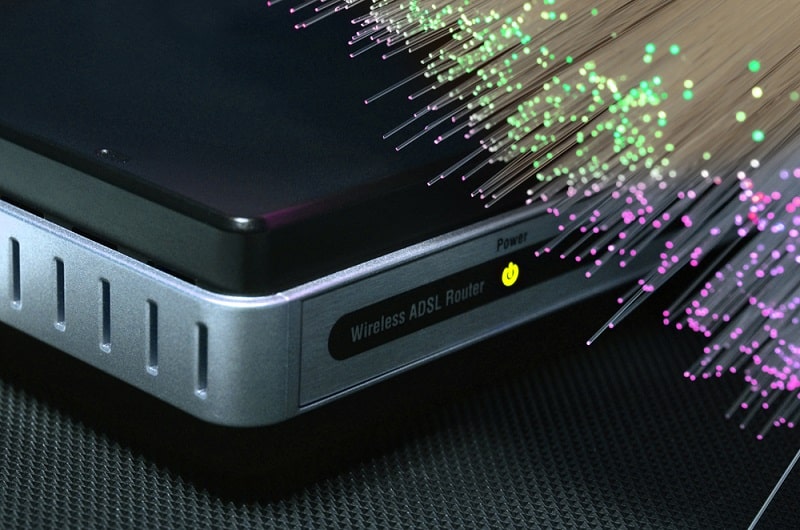
If you have a fiber optic cable Internet connection there are a number of issues that could cause Internet connectivity to be intermittent or terminate altogether. When it comes to fiber optic cables one of the primary problems can be optical loss. In this case it becomes necessary to test the fiber optic cables that provide your connection.
Before you spend the time to test the fiber optic connection make sure your PC modem is working properly as well as the router and your TV connections. If these components appear to be working properly then proceed to test the fiber optic cable.
Fiber optic cable provides a connection to the Internet through the transmission of light pulses via optical fibers. The amount of light that reaches the connection determines the effectiveness of Internet connectivity. When the amount of light pulses that are being transmitted is insufficient this is known as optical loss. If you are inexperienced in cable connections you may want to consult a professional before you proceed or ask them to perform the fiber optic test for you. That said for the do-it-yourselfer, here is a basic overview of what is involved when you check the fiber optic cable connection.
Fiber Optic Testing Equipment
If you are going to perform the testing yourself there are specific tools you will need to perform the test on the fiber optic equipment.
- Source and Power Meter: This tool tests the light source for the fiber optic line and the power so you can determine if there is fiber optic loss. When you power up these two tools the power meter should be set to the identical wave length of the light source and placed at the receiving end of the cable. The source meter should be connected to the transmitting end of the cable.
- Optical Test Tool: This tool performs the actual test for optical loss which determines the difference between the power entering the cable at the transmitting end and the amount of light that exits at the receiver end of the cable.
- Fiber Optic Tracer: The fiber optic tracing tool contains an LED source that connects to the fiber optic connector. You then use a test cable to determine the amount of light that is being transmitted through the fiber. If there is no evidence of light then you return to the connector to find the problem.
- Test Cable: The test cable is also known as a reference test cable that you use to determine whether the problem is with the cable itself or the connectors in the configuration.
To provide you with a summary of the testing process it involves testing the cable that is installed by tracing the fibers to determine if any of the fibers have been broken. If the cable appears to be functioning properly then you test the connectors for problems related to external or interior damage.
Once the testing is complete you can perform a test to measure the optical power which will tell you whether or not the fiber optic equipment is providing an optimum connection. You can also test the network to see if there are any problems with the hardware devices that are connected to the network configuration.
General Testing
Remember to conduct some general troubleshooting regardless of how insignificant it may seem. Sometimes there are problems that are caused by issues that are visible to your eye and are associated with the external components of the fiber optic cable system.
The outside line that enters the building can easily get damaged by outdoor elements that can cause the fiber optic connection to malfunction. Check the outside line for any breaks on the exterior of the cable or any outdoor object that may be placing stress on the line. Inspect the point where the cable enters the building to ensure there is no damage at the entry point.
Check the inside configuration to ensure there is no stress on the fiber optic cables inside the building. Additionally, you should check to ensure all of the connections are secured to the devices that run the network. Sometimes the connection can become loose without your knowledge and cause problems with Internet connectivity.
Perform an inspection of the interior cable to ensure there are no abnormal bends in the cable that may obstruct the fiber optic light from transmitting to the receiving end of the cable. Keeping the cable free of bends also protects the fiber optics from getting broken inside the cable.
If you have performed a complete test and inspection and are still experiencing problems, you may want to contact your Internet service provider to find out if there are any problems on their end. Sometimes ISPs that are experiencing connection problems due to high traffic volumes, equipment that malfunctions, or external wires and connection that are damaged by inclement weather, inadvertently affects your Internet connection as well.